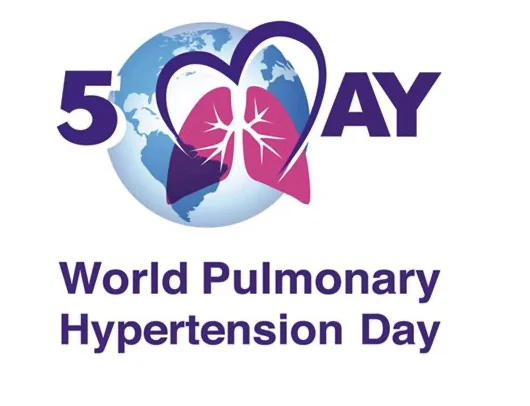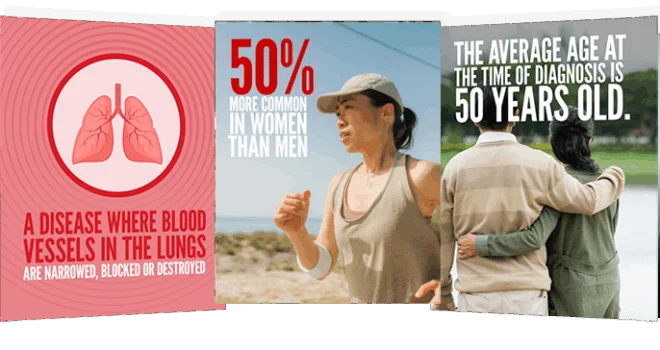Today is #PulmonaryHypertensionDay, a moment to raise awareness about pulmonary hypertension (PH). Because its early symptoms, including shortness of breath, chest pain, and dizziness, are frequently misunderstood, PH is frequently diagnosed only in advanced stages. PH, wherein the arteries carrying blood to the lungs develop increased blood pressure, affects both the lungs and the heart. This is a disease that progresses silently, but we cannot remain silent about its impact.
 Professor Jagat Narula, President of the World Heart Federation
Professor Jagat Narula, President of the World Heart Federation
PH is estimated to afflict 1% of the global population (higher in elderly) and occurs as a common comorbidity, especially in people with left heart disease, lung disease (like COPD). Primary pulmonary hypertension, a specific type, is rare (15–50 cases per million people). PH leads to right sided heart failure and fatality. Due to frequent hospitalizations, long-term medications, and advanced therapies it could inflict substantial economic burden.
People at very high altitudes (above 2,500 meters or 8000 feet) can develop transient pulmonary hypertension where the lung arteries constrict to optimize oxygen uptake, but in some an exaggerated response could lead to temporary or chronic PH. Populations like Tibetans and Andean highlanders who live at high altitudes where oxygen is low, may develop PH over time. However, these populations have genetically adapted to produce more nitric oxide and unique hemoglobin regulation. Chronic Thromboembolic Pulmonary Hypertension is a rare form of PH caused by unresolved blood clots in the lungs. Unlike most PH types, it could be one of the more curable forms of PH, turning a life-threatening condition into a salvageable problem in selected patients. Certain diet pills, like fenfluramine (used in the 1990s), were found to cause PH. This led to a increased number of cases and withdrawal of the drug; this drug in fact uncovered how serotonin pathways could affect pulmonary vessels. In patients with connective tissue diseases (like scleroderma), PH can develop without obvious lung symptoms and may only show up with specific tests. Persistent PH of newborns is when high pressure in the lungs fail to drop to normal after birth, and PH appears at the very first breath of life and requires advanced care like inhaled nitric oxide or even ECMO (heart-lung bypass).
Many new medications have recently been developed for PH, which have either become available or in trial phases, especially for primary PH. They include oral (Selexipag), long acting (Ralinepag), inhaled (Treprostinil) selective prostacyclin receptor agonists, TGF-β/BMP signaling modulators (Sotatercept), and guanylate cyclase stimulant (Riociguat). With timely detection and access to specialized care, pulmonary hypertension can be managed, and quality of life improved. We need to screen high-risk patients, and patients need to be educated about lifestyle adjustments, low-sodium diet, and medication adherence. PH is complex and best managed in specialized centers.
Join us in raising awareness about the serious impact of pulmonary hypertension. We in the medical and healthcare communities must be bold and go further. We must push for tangible action and investment in life-saving heart health initiatives globally. Early detection saves lives, and with the right treatment, people with PH can live longer, fuller lives. Know the signs. Get screened if you’re at risk. Let’s breathe easier—together.
Related content:
Pisana Ferrari
Secretary General, Alliance for Pulmonary Hypertension
President, AIPI, Italian Pulmonary Hypertension Association
Use ❤️ to Breathe
Pulmonary arterial hypertension (PAH) is a rare, life-threatening condition in which lung arteries become narrowed, blocked, or damaged, making it harder for the heart to pump blood.


